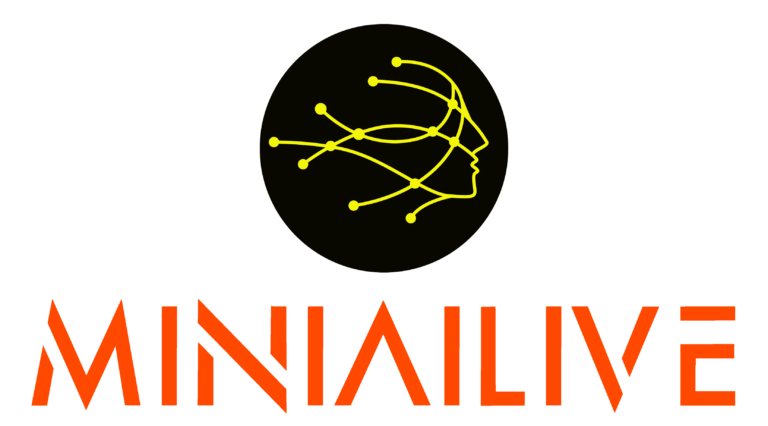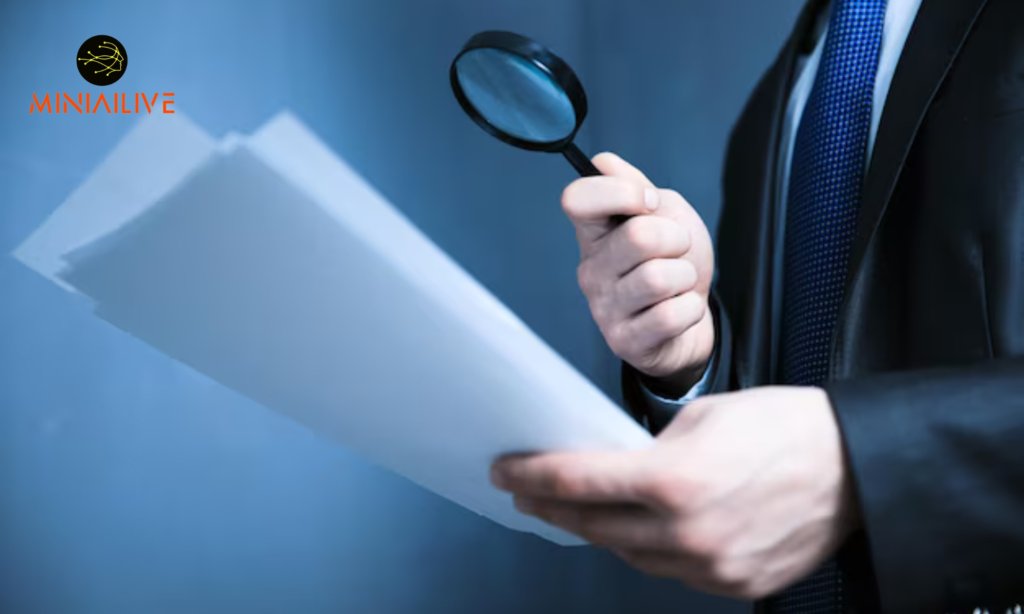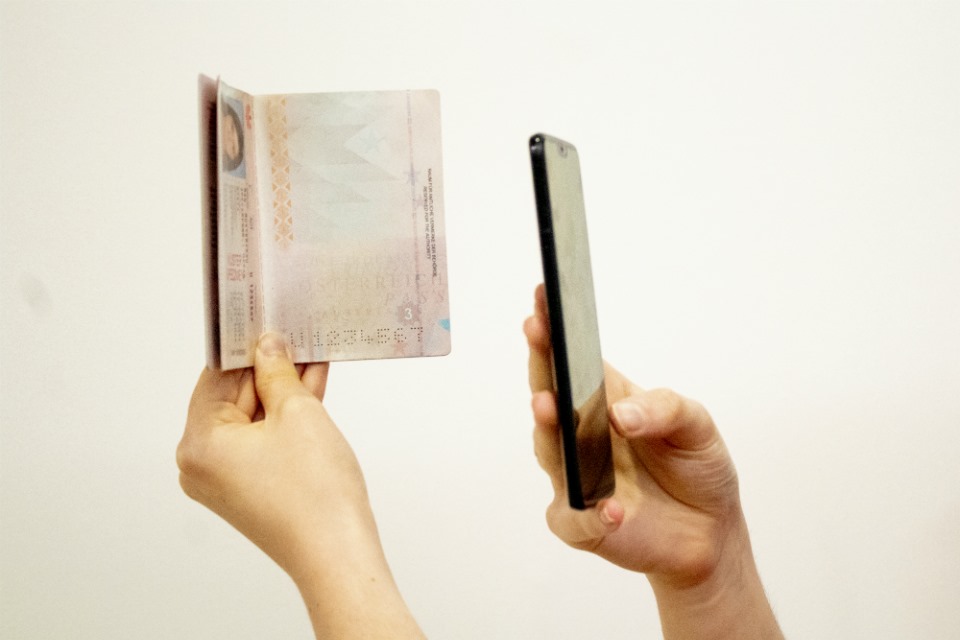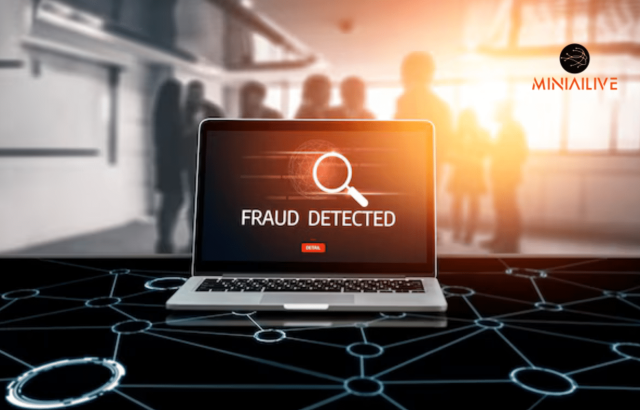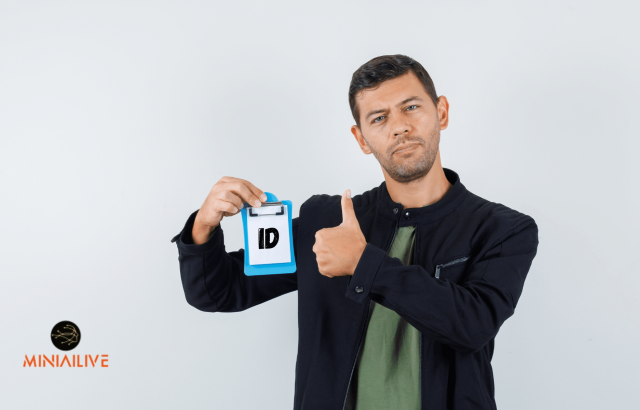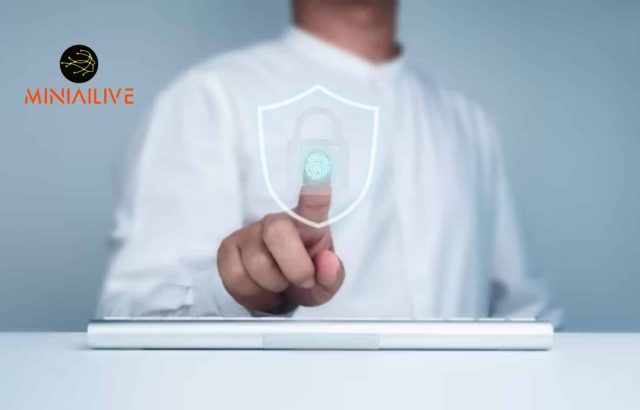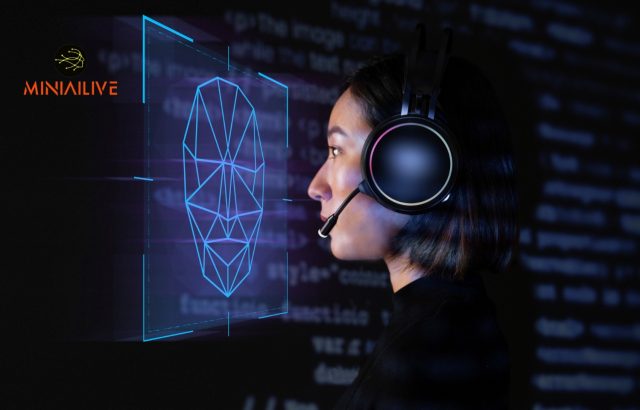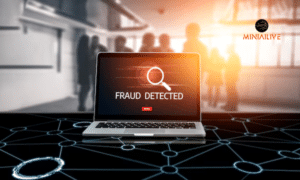Document liveness detection ensures the authenticity of documents by verifying their physical presence and integrity. This technology prevents the use of fake or altered documents.
Document liveness detection is a crucial tool in the fight against document fraud. It uses advanced technologies like AI and machine learning to verify the physical presence and integrity of documents. Businesses and institutions can rely on this technology to ensure that the documents presented are genuine and unaltered.
This process involves checking for specific security features and patterns that are difficult to replicate. As a result, it significantly reduces the risk of fraud, enhancing overall security. Implementing document liveness detection helps organizations maintain trust and comply with regulatory standards.
Introduction To Document Liveness Detection
Document liveness detection helps spot fake documents. It uses smart technology to check if a document is real or fake. This ensures safety and trust. In this section, we will learn why it’s important and how it started.
Importance In Modern Security
Today, many services need secure document verification. Banks, airports, and online platforms use it. Fake documents can cause big problems. They can lead to fraud, identity theft, and more. Document liveness detection stops these problems. It makes sure documents are real. This keeps everyone safe.
Brief History
The idea of checking documents has been around for a long time. Early methods were simple and manual. People would check documents by hand. This was slow and not always accurate. Over time, technology improved. Machines started to help. They could check documents faster and better.
Recent advances in AI and machine learning have changed the game. Now, document liveness detection uses these smart technologies. They can spot tiny details that humans might miss. This makes the process more reliable and efficient.
| Era | Method | |
| Early Days | Manual checks | |
| Mid 20th Century | Mechanical devices | |
| Late 20th Century | Basic digital scanners | |
| 21st Century | AI and machine learning |
Key Features Of Document Liveness Detection
Document Liveness Detection is a crucial tool in preventing fake documents. It ensures that documents are genuine and not tampered with. This section outlines the key features of Document Liveness Detection that make it effective.
Real-time Verification
One of the standout features is real-time verification. This means documents are checked instantly. There is no waiting period. The system verifies the document’s authenticity on the spot.
Real-time verification is vital. It helps in detecting fakes immediately. This prevents fraudsters from using counterfeit documents. It ensures that only genuine documents pass through the system.
Advanced Algorithms
Advanced algorithms play a crucial role in document liveness detection. These algorithms analyze various document elements. They check for signs of tampering or forgery.
The algorithms are designed to spot minute details. They look for inconsistencies in fonts, layouts, and security features. This makes it hard for fake documents to go undetected.
Here are some features analyzed by advanced algorithms:
- Watermarks
- Holograms
- Microtext
- UV features
Advanced algorithms ensure thorough document analysis. They provide a high level of security. This makes it nearly impossible for fake documents to pass.
How It Identifies Fake Documents
Document liveness detection is a cutting-edge technology. It helps in identifying fake documents by scrutinizing various elements. This section will explore how it identifies fake documents using pattern recognition and anomaly detection.
Pattern Recognition
Pattern recognition plays a crucial role. It examines the document’s unique patterns. These patterns include fonts, signatures, and holograms. The system compares these patterns with a database of genuine documents.
A mismatch indicates a potential fake document. This method is quick and reliable. It ensures that only genuine documents are accepted.
Anomaly Detection
Anomaly detection focuses on irregularities. It detects unusual features in the document. These features may include altered text or images. The system uses advanced algorithms to spot these anomalies.
For instance, it can identify if a photo has been tampered with. Anomalies in the document layout are also flagged. This makes it difficult for fake documents to pass unnoticed.
| Feature | Description | Example |
| Fonts | Checks font types and sizes | Mismatch in font size |
| Signatures | Verifies authenticity of signatures | Fake signature detected |
| Holograms | Examines hologram presence | Missing hologram |
| Text Anomalies | Detects altered text | Edited text detected |
| Image Tampering | Identifies manipulated images | Fake photo detected |
Technologies Behind Document Liveness Detection
Understanding the technologies behind document liveness detection is essential. These technologies help prevent fake documents. They ensure the authenticity of documents. This section explores these technologies.
Machine Learning
Machine learning plays a big role in document liveness detection. It uses algorithms to learn from data. These algorithms detect patterns in documents. They identify fake documents by comparing them to real ones.
Machine learning models can handle large datasets. They improve over time with more data. This makes them more accurate in detecting fake documents.
Here is a table showing the benefits of machine learning:
| Benefit | Description |
| Accuracy | Improves with more data |
| Efficiency | Handles large datasets |
| Adaptability | Learns and evolves |
Artificial Intelligence
Artificial intelligence (AI) enhances document liveness detection. AI systems analyze document features. These features include text, images, and security marks.
AI uses neural networks to process information. Neural networks mimic the human brain. They recognize complex patterns in documents.
Here are key features of AI in document liveness detection:
- Analyzes text and images
- Detects security features
- Recognizes patterns
AI systems can detect subtle differences in documents. This helps in identifying fake documents accurately.
Combining machine learning and AI offers robust document verification. This technology duo ensures document authenticity. It helps in preventing fraud and maintaining security.
Applications In Various Industries
Document liveness detection is crucial in preventing fake documents. This technology has applications in many industries. It ensures the authenticity of documents and protects against fraud.
Banking And Finance
The banking and finance sector relies heavily on document liveness detection. Banks need to verify the authenticity of documents like IDs and financial records. This prevents fraud and secures transactions.
Key applications in banking:
- Opening bank accounts
- Processing loan applications
- Verifying identity for online banking
Financial institutions use this technology to detect tampered or forged documents. This helps in maintaining trust and security.
Healthcare
Healthcare providers also benefit from document liveness detection. It ensures that patient records and IDs are genuine. This is vital for accurate medical treatment and billing.
Key applications in healthcare:
- Patient registration
- Insurance claims processing
- Access to medical records
Authenticating documents prevents fraud and ensures patient safety. Hospitals and clinics use this technology to improve service quality.
| Industry | Application |
| Banking and Finance | Opening bank accounts, loan processing, identity verification |
| Healthcare | Patient registration, insurance claims, medical records access |
Benefits Of Implementing Document Liveness Detection
Document liveness detection offers many benefits for businesses. This technology helps prevent fake documents. It ensures only genuine documents are used.
Enhanced Security
Document liveness detection adds an extra layer of security. It checks if a document is real and not a copy. This reduces the risk of fraud.
- Real-time verification: Detects fake documents instantly.
- Prevents tampering: Ensures documents are not altered.
- Reduces identity theft: Protects against misuse of fake IDs.
Cost Efficiency
Implementing this technology saves money. It reduces the need for manual checks. Businesses can avoid costly errors.
- Automated process: Cuts down on manual labor costs.
- Prevents fraud losses: Saves money by stopping fake documents.
- Increases productivity: Employees can focus on important tasks.
Challenges And Limitations
Document liveness detection is a powerful tool against fake documents. Yet, it faces challenges and limitations. Understanding these obstacles helps improve security solutions.
Technical Barriers
Document liveness detection relies on advanced technology. This includes artificial intelligence and machine learning. However, these technologies are not perfect. They require constant updates and training. The algorithms must learn to detect new types of forgeries.
Another issue is hardware limitations. Not all devices can support advanced detection techniques. Older devices may fail to run sophisticated software. This limits the adoption of document liveness detection.
Moreover, integration with existing systems can be complex. Many organizations use legacy systems that are hard to update. This poses a challenge for seamless implementation.
| Challenge | Description |
| Algorithm Accuracy | Constant updates needed to detect new forgeries. |
| Hardware Limitations | Older devices may not support advanced techniques. |
| System Integration | Complex to integrate with legacy systems. |
Privacy Concerns
Document liveness detection involves sensitive data. This raises privacy concerns. Users worry about how their information is stored and used. Proper data management practices are essential. Companies must ensure data is secure and used ethically.
Moreover, data breaches are a significant risk. Hackers target systems that store personal information. A breach can lead to identity theft and fraud. Therefore, robust security measures are crucial.
Another concern is transparency. Users want to know how their data is used. Clear communication from companies can build trust. Transparency about data usage policies is vital.
- Data Storage: Ensure secure and ethical data management.
- Data Breaches: Implement robust security measures.
- Transparency: Communicate data usage policies clearly.
In summary, while document liveness detection is effective, it faces technical and privacy challenges. Addressing these issues is key to improving its adoption and efficacy.
Future Trends And Innovations
Document liveness detection is evolving rapidly. Future trends promise even greater security. New innovations aim to tackle the ever-changing landscape of digital forgery.
Improved Accuracy
Future technologies will enhance accuracy in document liveness detection. Advanced algorithms will identify even the smallest inconsistencies. These improvements will reduce false positives and negatives.
Machine learning will play a vital role. Systems will learn from a vast array of document types. This learning will boost recognition capabilities.
Biometric data will also improve accuracy. Matching documents with real-time facial recognition ensures authenticity. This step adds an extra layer of security.
Integration With Other Technologies
Blockchain technology will be integrated with document liveness detection. Blockchain ensures the immutability of records. This makes tampering virtually impossible.
Artificial Intelligence (AI) will enhance detection systems. AI can identify patterns that humans might miss. This leads to better fraud detection.
Internet of Things (IoT) devices will also play a role. Smart devices can verify documents in real-time. This adds convenience and security.
| Technology | Benefit |
| Blockchain | Ensures immutability of records |
| AI | Identifies hidden patterns |
| IoT | Real-time verification |
These integrations will make document liveness detection robust. They will ensure that documents are genuine and secure.
Frequently Asked Questions
What Is The Purpose Of Liveness Detection?
Liveness detection prevents fraud by ensuring the biometric sample is from a live person, not a spoof. It enhances security in identity verification.
What Is A Liveness Check In Kyc?
A liveness check in KYC verifies that the person is real and physically present. It prevents fraud by detecting spoofing attempts using photos or videos. This ensures the authenticity of the user’s identity during the verification process.
How Does Passive Liveness Detection Work?
Passive liveness detection analyzes subtle facial movements. It uses AI to ensure the user is real. This method doesn’t require user interaction, enhancing security and user experience.
What Is The Document Liveness Detection On A Passport?
A liveness check on a passport ensures that the person presenting it is physically present and not using a photo or video. This verification step enhances security by preventing identity fraud.
Conclusion
Document liveness detection plays a crucial role in preventing fake documents. It ensures authenticity by verifying real-time interactions. This advanced technology helps businesses maintain security and trust. Incorporating document liveness detection can significantly reduce the risk of fraud. Embrace this innovative solution to safeguard your operations and enhance customer confidence.

